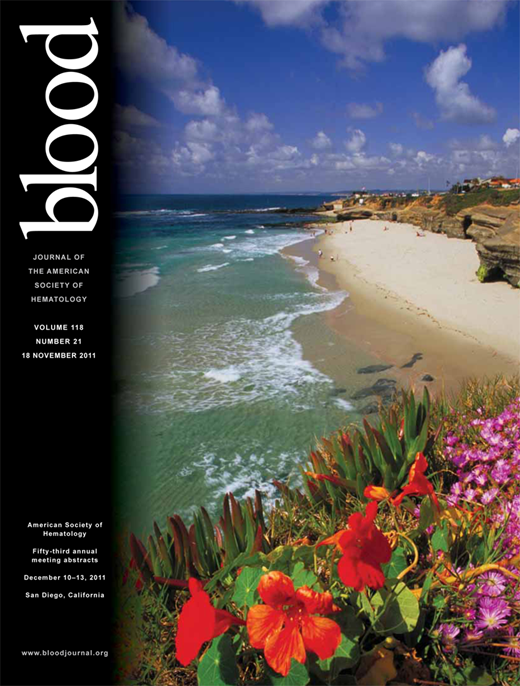Abstract
Abstract SCI-46
The hematopoietic stem cell (HSC) transplantation pioneered by the Pesaro group is now applied wildly worldwide. The European Group for Blood and Marrow Transplantation (EBMT) has established the hemoglobinopathy registry, which now contains detailed epidemiological data on over 3000 patients. Today, allogeneic transplantation remains the only definitive curative therapy for thalassemia and other hemoglobinopathies. The development of iron chelation did not change this position. However, this has not settled the debate on how this curative but potentially lethal treatment stands vis-à-vis a medical noncurative therapy for adult and advanced disease patients. Nevertheless, despite the substantial improvements, a number of problems remain unsolved, such as the absence of an HLA genoidentical donor for all the diseased patients especially when they come from Outreach countries and the long-term morbidity due to HSCT (i.e., infectious complications, acute and chronic graft-versus-host disease, sterility). In this context and despite the unsolved debate, the development of gene therapy is highly justified. Sadelain and Leboulch pioneered the use of lentiviruses in human globin gene therapy, showing that anemia in mice affected with diseases mimicking the human pathological conditions can be abbreviated significantly by using lentiviruses containing a normal human β-globin gene. These pre-clinical studies set the basis for the current human clinical trial in Paris and for the upcoming trials. In our gene therapy trial, the human β-globin gene sequence has been modified by mutating a single amino acid at position 87 of the β-globin sequence. The major reason for using the b87 globin gene in lentiglobin in patients with β-thalassemia is that Hbb87 expression can easily be distinguished from that of normal Hb (HbA). In this trial, the patients received a full dose of Busulfex in the aim to obtain a myeloablation allowing the successful intake of gene modified autologous HSC. Two patients with thalassemia have been treated to date. One out of the two patients obtained a clinical benefit and is stably transfusion independent more than 3 years after the last transfusion. He currently has approximately 9 to 10 g percent of Hb in his blood, approximately one third being Hbb87, one third human HbF, and one third HbE. The patient is healthy up to now, with a full-time job. Integration site profile data will be discussed in detail during the meeting. Additional patients affected with thalassemia are currently being recruited in the Paris trial.
No relevant conflicts of interest to declare.
Author notes
Asterisk with author names denotes non-ASH members.

